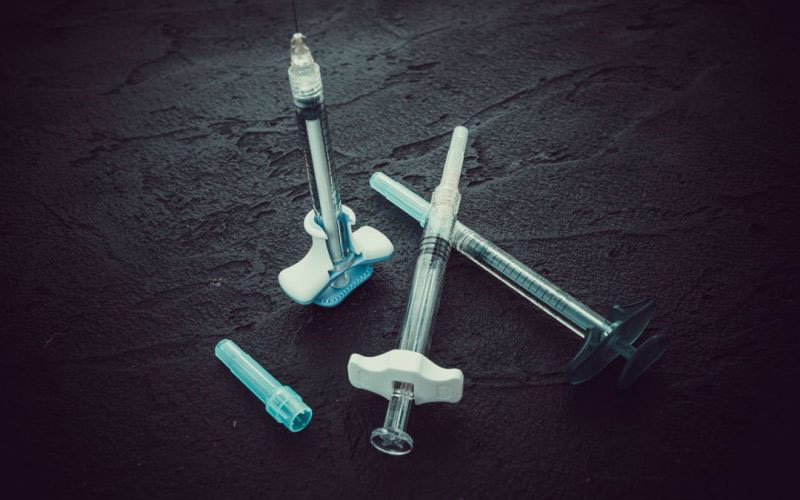What You Need To Know About Sharps Waste Disposal
24 June 2022
Learn vital Sharps waste disposal info from Sharpsafe. Ensure safe, compliant disposal. Your guide to proper sharps waste management.
For industries that deal with sharps waste, the proper removal and disposal of sharps in certified medical waste or sharps disposal containers is crucial to prevent any harm arising from the mishandling of sharps.
Apart from the immediate disposal of sharps after being used, the clinical waste containers holding the used sharps also need to be appropriately disposed of. Read on for a comprehensive look at the world of sharps waste disposal.
What Is Sharps Waste?
Sharps is a medical term for any sharp object that can puncture or cut human skin, such as:
- needles and syringes
- disposable blades, scalpels, and razors
- broken or contaminated glass
- other instruments used in surgery.
It is vital that you separate your sharps from the more general wastes in your facility, as improper disposal of sharps waste can harm other individuals, such as those in charge of waste disposal.
Sharps waste should be handled with care to prevent the immediate danger of an individual accidentally hurting themselves with a sharp, and remove the possibility of a sharp accidentally spreading pathogens that can lead to severe health conditions such as Hepatitis or HIV.
For facilities that frequently handle sharps or individuals who use sharps to manage medical conditions, it is vital to have sharps disposal containers available so that used sharps can be safely disposed of.
How Is Sharps Waste Disposed Of?
The handling and disposal of sharps waste can vary, as they are regulated by the Environmental Protection Authority (EPA) of the state the facility is in (for example, New South Wales and Victoria). Any facility that generates sharps needs to carefully follow the guidelines given and ensure that the facility’s clinical waste policy is in line.
Generally, there are two phases in the disposal of sharps waste, the first being the immediate disposal of the sharp and the second being the permanent disposal of sharps waste off-site.
Phase One
Once used, a sharp should be immediately disposed of in a biohazard sharps container.
A sharps container is made out of hard, puncture-resistant plastic, so the sharps inside the container can be safely transported without fear of injury. Depending on the size of the sharps waste and the frequency of volume of waste, the size of a biohazard sharps container can vary, individuals must take care to choose the appropriately-sized containers.
When using a clinical waste container, never attempt to force or push sharps into an unsuitable biohazard sharps container (either too small or too full). Failure to abide by standard safety precautions can accidentally puncture the sharps container – rendering it useless – or bring about injury to yourself. Once a sharps container has been filled, permanently close the container’s lid so that it can be ready for disposal.
Phase Two
Depending on whether the sharps waste has been classified as hazardous or not, the permanent disposal of sharps waste once it is removed from a facility’s premises can fall under two options:
I) Autoclaving
An autoclave is a closed chamber that applies heat, steam, and pressure over some time to sterilise equipment. When it comes to non-hazardous sharps waste disposal, autoclaves can be used as a form of heat treatment to destroy any microorganisms present on the sharps before being compacted for disposal.
II) Incineration
While incineration is a common practice for the disposal of regular waste, medical waste or sharps require a specialised, high-temperature incinerator due to their infectious nature.
With high-temperature incineration, the sharps and any trace of biological material will be destroyed, rendering the minimal ash remaining harmless.
Limiting The Risks Of Sharps Waste
For medical facilities, laboratories, and other institutions that generate a high amount of sharps waste, the safest way to dispose of sharps waste is by having a comprehensive waste management system in place and using appropriate biohazard sharps containers.
When it comes to sharps containers, Sharpsafe offers a broad range of containers for the safe and efficient disposal of sharps. As a family-owned, licensed manufacturer and distributor of Sharpsafe® disposable plastic sharps containers throughout Australia, we can help with the safe removal of sharps from your facility. Contact us for more information today.


